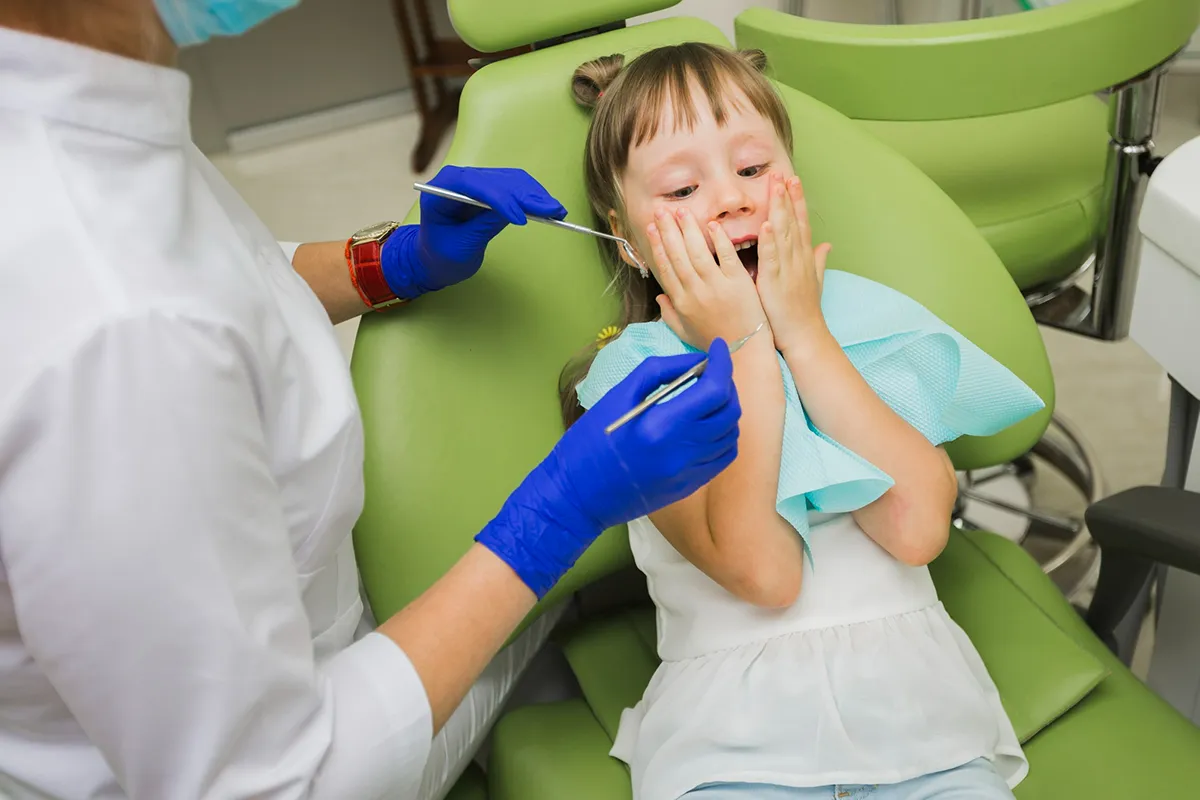Oral Sedation For Kids Who Afraid Of Having Dental Work

Being able to relax in the dentist’s chair is not as difficult as it may sound. While some people experience mild anxiety or other more intense feelings, there really is no logical reason to be tense or experience fear when talking about modern dentistry. In fact, the science of dentistry has become so advanced that it enjoys extremely high success rates with virtually little to no pain ever being felt by the patient. From a simple teeth-cleaning session to oral surgery and everything else in between oral sedation as well as other types of sedation serve to keep patients comfortable, calm and pain free.
Perhaps most important of all is to remember that through the use of oral sedation and other techniques, patients experience virtually no pain when having dental procedures performed. Conversely, those who choose to avoid dental procedures may end up living with a persistent toothache or more severe pain. With so much available today in terms of modern dentistry avoiding necessary treatments is never the best option.
In the simplest of terms sedation dentistry is a type of dental care that makes use of safe and reliable medications as a way to assist patients in relaxing during dental procedures. This type of dentistry is sometimes called sleep dentistry. It should be noted that during dental procedures where oral sedation for kids is employed, patients are awake. What follows is a breakdown of the different levels of sedation that may be used during routine dental procedures.
- Minimal sedation - When a patient is put under minimal sedation they are awake but in a very relaxed state.
- Moderate sedation - Patients under moderate sedation will be somewhat aware but may not be able to speak or remember anything about the dental procedure that they had performed.
- Deep sedation - When a patient is under deep sedation, they are semi-conscious or close to unconsciousness but still can be awakened if necessary.
- General anesthesia - Patients under general anesthesia are considered to be completely unconscious and unaware of the procedure that is taking place.
Types Of Sedation
There are several types of sedation available to patients today for dental procedures in addition to oral sedation. For example, inhaled sedation is often referred to as nitrous oxide or laughing gas. This sedation gas helps the patient relax and has little side effects while wearing off rather quickly. Patients are able to drive home following procedures that make use of nitrous oxide. Also used under varying circumstances is intravenous moderate sedation as well as deep sedation or general anesthesia as discussed above.

The Most Common Type Of Anesthesia
Oral sedation can produce minimal levels of sedation up to more moderate degrees. Typically speaking, patients take a pill that is similar to Valium approximately one hour prior to their procedure being performed. Patients become drowsy but are still awake. When a dentist requires that a patient to be under moderate sedation they may prescribe a larger dose of the medication. Oral sedation is the most common type of anesthesia used when talking about sedation dentistry. Talk with your Stockton kids dentist, Sajjad Rizvi, DDS at Happy Kids Dental to learn more about your options when it comes to oral sedation and other types of sedation dentistry. Always keep in mind that today's modern dental care is safe, reliable and almost always virtually pain free.
References:
[1] What is Sedation Dentistry
[2] Sedation Dentistry Explained
[3] Nitrous Oxide And Other Sedation Methods
Subscribe To Our Newsletter
Get Updates And Learn From The Best


